- Home
-
My Models
-
AV History
- Airline History Blog
-
Airline Development
>
-
Liveries
>
- Aeroméxico Liveries
- Air China Special Liveries
- American Airlines Liveries
- British Airways Liveries
- Continental Airlines Liveries
- Delta Air Lines Liveries
- Eastern Air Lines Liveries
- Landor Liveries
- National Airlines Liveries
- Northeast Airlines Liveries
- Northwest Airlines Liveries
- Pan Am Liveries
- Trans World Airlines Liveries
- United Airlines Liveries
- Western Airlines Liveries
- Airbus A380s >
- Boeing 747 >
- Real Airport Histories >
- Plane Spotting >
- Aviation Stickers >
-
1:400 SCALE
- Collecting 1:400 Scale >
- The History of 1:400 Scale >
-
1:400 Brands
>
- Aeroclassics >
- Airshop Diecast
- AURORA Models
- Aviation400 (2007-2012)
- Big Bird 400 Your Craftsman
- Black Box Models
- Blue Box & Magic Models
- C Models
- Dragon Wings
- El Aviador 400
- Gemini Jets >
- JAL Collection / Jet Hut >
- Jet-X >
- MP4 Models
- NG Models >
- Panda Models >
- Phoenix Models >
- Seattle Models Co (SMA)
- Skyjets400
- Sovereign Models
- TucanoLine
- Witty Wings / Apollo
- Yu ModeLs
- 1:400 Custom Models >
- Production Numbers
- Zinc Rot
-
1:400 Moulds
- The Best Moulds >
- Airbus >
-
Boeing
>
- Boeing B-377 Stratocruiser
- Short Boeing 707s & 720s
- Boeing 707-320/420
- Boeing 717
- Boeing 727-100
- Boeing 727-200
- Boeing 737-100/200
- Boeing 737-300 >
- Boeing 737-400
- Boeing 737-500
- Boeing 737-600
- Boeing 737-700/800/900 >
- Boeing 737 MAX
- Boeing 747-100/200 >
- Boeing 747-400 >
- Boeing 747SP
- Boeing 747-8 Interactive
- Boeing 747LCF Dreamlifter
- Boeing 757-200 >
- Boeing 757-300
- Boeing 767-200
- Boeing 767-300
- Boeing 777-200
- Boeing 777-300
- Boeing 787
- British >
- Douglas >
- Lockheed >
- Other >
- Chinese >
- Soviet >
- Smallest Moulds in 1:400
-
1:400 Reviews
-
Model News
- Model Blog
-
New Mould Samples
>
- Aviation400 >
- JC Wings >
-
NG Models 400 Scale
>
- Airbus A318
- Airbus A319/320 CEO
- Airbus A319/320 NEO
- Airbus A321CEO & NEO
- Airbus A330-200/300
- Airbus A330 Beluga XL
- Airbus A330-800/900
- Airbus A340-200/300
- Airbus A350-900
- Airbus A350-1000
- Boeing 737-600/700/900
- Boeing 737-600 Refresh
- Boeing 737-800
- Boeing 737 MAX-8/MAX-9
- Boeing 737 MAX-7/MAX-10
- Boeing 747-100
- Boeing 747-200
- Boeing 747-400
- Boeing B747SP
- Boeing 747-8I
- Boeing 747-8F
- NG 747s Together
- Boeing 757-300
- Boeing 767-200/300 >
- Boeing 767-400 >
- Boeing 777-200
- Boeing 777-300/300ER
- Boeing 787-8
- Lockheed L-1011 Tristar
- Lockeed Tristar 500
- McDonnell Douglas MD-80
- McDonnell Douglas MD-87
- Tupolev Tu-154
- Tupolev Tu-204/Tu-214/Tu-234
- NG Models 200 Scale >
- Phoenix Models >
- Yu ModeL >
-
1:600 SCALE
- DIORAMAS
 One of the unexpected factors of deregulation of the US airline industry was the growth of hub and spoke networks and a race by the larger airlines to grow through acquisition so as to outcompete rivals and avoid takeovers themselves. This mentality resulted in a free for all with only American and United Airlines of the original trunk airlines avoiding the merger mania. American of course benefitted substantially by the implosion of its Dallas neighbour Braniff but even they eventually felt the need to acquire someone and scooped up AirCal. Allegheny Airlines had always been one of the more successful local service airlines and its acquisition of Mohawk in 1971 had assisted in it growing to a position of strength in time for deregulation. Nonetheless USAir avoided the initial rounds of consolidation as Pan Am bought National, Texas Air acquired Continental and Eastern, TWA was taken over by Carl Icahn and then acquired Ozark, Northwest gobbled up Republic, which itself had been created by the merger of 3 of the local service airlines, and Western was acquired by Delta. Apparently however TWA's Carl Icahn was sniffing about and USAir was a possible takeover target. It was becoming obvious that to stay in the running USAir would need to make a move if only not to get swallowed up itself. Candidates were beginning to appear scarce and American's acquisition of AirCal spurred USAir into action. USAir had a strong network on the East Coast whereas on the West Coast Pacific Southwest Airlines had been holding its own in the highly competitive Californian market. They didn't look like very compatible partners, however USAir disagreed and on December 8, 1986 announced it would acquire PSA for $400 million to create the USA's 6th largest airline. This agreement came literally hours after American's purchase of AirCal.
USAir replaced the PSA management team and changed the configuration of the fleet - even going so far as to add a row of first class seats to the BAE 146s reducing their seat count to 81. Along with this went the imposition of USAir's high cost format (like hot meals on flights) and accordingly higher fares. Worse USAir arrogantly imposed itself on the PSA employees who were forced to operate the USAir way and received a lot of attitude from the USAir employee community. PSA's network had been based around high frequency and low fares. Not content with removing the latter USAir ruined the former. Frequencies were decreased and the MD-80 fleet moved to the East Coast where they could make more money. The PSA MD-80s were unusually equipped with a Head-Up Display (HUD) to enable Cat IIIA/B landings at fogbound cities like San Francisco. When they went East (along with the MD-80 flight simulator) this equipment was characteristically stripped out. The MD-80s were replaced by 737s however the West Coast operations on time stats were impacted regularly by the cascading delays and cancellations of the East coast operation. USAir took what was an agile low cost, marginally profitable operation in a high competition environment and made it a lethargic, high cost operation, which was accordingly wildly unprofitable. In the 4th quarter of 1990 USAir made a loss of $221.1 million almost doubling its 4th quarter loss from 1989 of $101.7 million. Its struggles to subsume Piedmont plus the rise in jet fuel prices and economic depression caused by the Gulf War left it in a real mess. Accordingly in January 1991 it abandoned its hopes of creating a viable West Coast network. It announced its total withdrawal from 6 markets in California (Burbank, Oakland, Ontario. Orange County, Palm Springs and San Jose) plus one each in Oregon and Washington by May. The entire fleet of BAE 146s were withdrawn and USAir's capacity decreased by 5%. Of its staff 3,585 were laid off - nearly 7% of its payroll including the closure of the San Diego crewbase. All but four of the BAE 146s, which were sold earlier, would languish in the desert for years until 1996/97 when they joined British World, Cityjet, Debonair and Flightline. Many ex-PSA employees would stay on but have to commute to the East Coast for work. In essence these staff and the MD-80s would be all that remained of PSA in the years to come. Even so PSA's smile would occasionally appear on USAir aircraft thanks to crafty engineers: http://www.psa-history.org/about_psa/smiles_on_usair In hindsight even if USAir had survived against United and Delta the encroachment of Southwest Airlines and Alaska Airlines would have sealed its fate. Could PSA have survived on its own against these threats? The airline component was infrequently profitable during the 1980s, however even if it may have not survived it certainly could have found a more suitable candidate than USAir with which to trust its legacy too. The USAir deal remains a textbook case of how not to merge two airlines. References
1986, December. USAir to Buy PSA for $400 Million. New York Times 1991, February. USAir Pulling Back On West Coast. New York Times 1991, February. San Diego Jobs Slashed as USAir Lays Off 3,585. Los Angeles Times PSA-USAir Merger - What Happened to PSA Routes. Airliners.net
2 Comments
BWI-ROCman
27/2/2017 03:16:05 am
USAir embodied the formal East Coast business culture, a world quite different from the West Coast. What makes its survival of the late 1980's round of consolidation is that it is the only one of the six legacies which was comprised entirely of local-service carriers.
Reply
Brad
2/6/2017 08:26:18 pm
I flew on the 146 between LAX and Concord, CA. Was really fun. Very comfortable plane (which I also flew between CDG and Florence in 1998). Concord airport was really just a GA airfield; the terminal was a trailer. Imagine that, post-9/11.
Reply
Leave a Reply. |
AuthorI'm Richard Stretton: a fan of classic airliners and airlines who enjoys exploring their history through my collection of die-cast airliners. If you enjoy the site please donate whatever you can to help keep it running: Archives
July 2024
Categories
All
|
- Home
-
My Models
-
AV History
- Airline History Blog
-
Airline Development
>
-
Liveries
>
- Aeroméxico Liveries
- Air China Special Liveries
- American Airlines Liveries
- British Airways Liveries
- Continental Airlines Liveries
- Delta Air Lines Liveries
- Eastern Air Lines Liveries
- Landor Liveries
- National Airlines Liveries
- Northeast Airlines Liveries
- Northwest Airlines Liveries
- Pan Am Liveries
- Trans World Airlines Liveries
- United Airlines Liveries
- Western Airlines Liveries
- Airbus A380s >
- Boeing 747 >
- Real Airport Histories >
- Plane Spotting >
- Aviation Stickers >
-
1:400 SCALE
- Collecting 1:400 Scale >
- The History of 1:400 Scale >
-
1:400 Brands
>
- Aeroclassics >
- Airshop Diecast
- AURORA Models
- Aviation400 (2007-2012)
- Big Bird 400 Your Craftsman
- Black Box Models
- Blue Box & Magic Models
- C Models
- Dragon Wings
- El Aviador 400
- Gemini Jets >
- JAL Collection / Jet Hut >
- Jet-X >
- MP4 Models
- NG Models >
- Panda Models >
- Phoenix Models >
- Seattle Models Co (SMA)
- Skyjets400
- Sovereign Models
- TucanoLine
- Witty Wings / Apollo
- Yu ModeLs
- 1:400 Custom Models >
- Production Numbers
- Zinc Rot
-
1:400 Moulds
- The Best Moulds >
- Airbus >
-
Boeing
>
- Boeing B-377 Stratocruiser
- Short Boeing 707s & 720s
- Boeing 707-320/420
- Boeing 717
- Boeing 727-100
- Boeing 727-200
- Boeing 737-100/200
- Boeing 737-300 >
- Boeing 737-400
- Boeing 737-500
- Boeing 737-600
- Boeing 737-700/800/900 >
- Boeing 737 MAX
- Boeing 747-100/200 >
- Boeing 747-400 >
- Boeing 747SP
- Boeing 747-8 Interactive
- Boeing 747LCF Dreamlifter
- Boeing 757-200 >
- Boeing 757-300
- Boeing 767-200
- Boeing 767-300
- Boeing 777-200
- Boeing 777-300
- Boeing 787
- British >
- Douglas >
- Lockheed >
- Other >
- Chinese >
- Soviet >
- Smallest Moulds in 1:400
-
1:400 Reviews
-
Model News
- Model Blog
-
New Mould Samples
>
- Aviation400 >
- JC Wings >
-
NG Models 400 Scale
>
- Airbus A318
- Airbus A319/320 CEO
- Airbus A319/320 NEO
- Airbus A321CEO & NEO
- Airbus A330-200/300
- Airbus A330 Beluga XL
- Airbus A330-800/900
- Airbus A340-200/300
- Airbus A350-900
- Airbus A350-1000
- Boeing 737-600/700/900
- Boeing 737-600 Refresh
- Boeing 737-800
- Boeing 737 MAX-8/MAX-9
- Boeing 737 MAX-7/MAX-10
- Boeing 747-100
- Boeing 747-200
- Boeing 747-400
- Boeing B747SP
- Boeing 747-8I
- Boeing 747-8F
- NG 747s Together
- Boeing 757-300
- Boeing 767-200/300 >
- Boeing 767-400 >
- Boeing 777-200
- Boeing 777-300/300ER
- Boeing 787-8
- Lockheed L-1011 Tristar
- Lockeed Tristar 500
- McDonnell Douglas MD-80
- McDonnell Douglas MD-87
- Tupolev Tu-154
- Tupolev Tu-204/Tu-214/Tu-234
- NG Models 200 Scale >
- Phoenix Models >
- Yu ModeL >
-
1:600 SCALE
- DIORAMAS

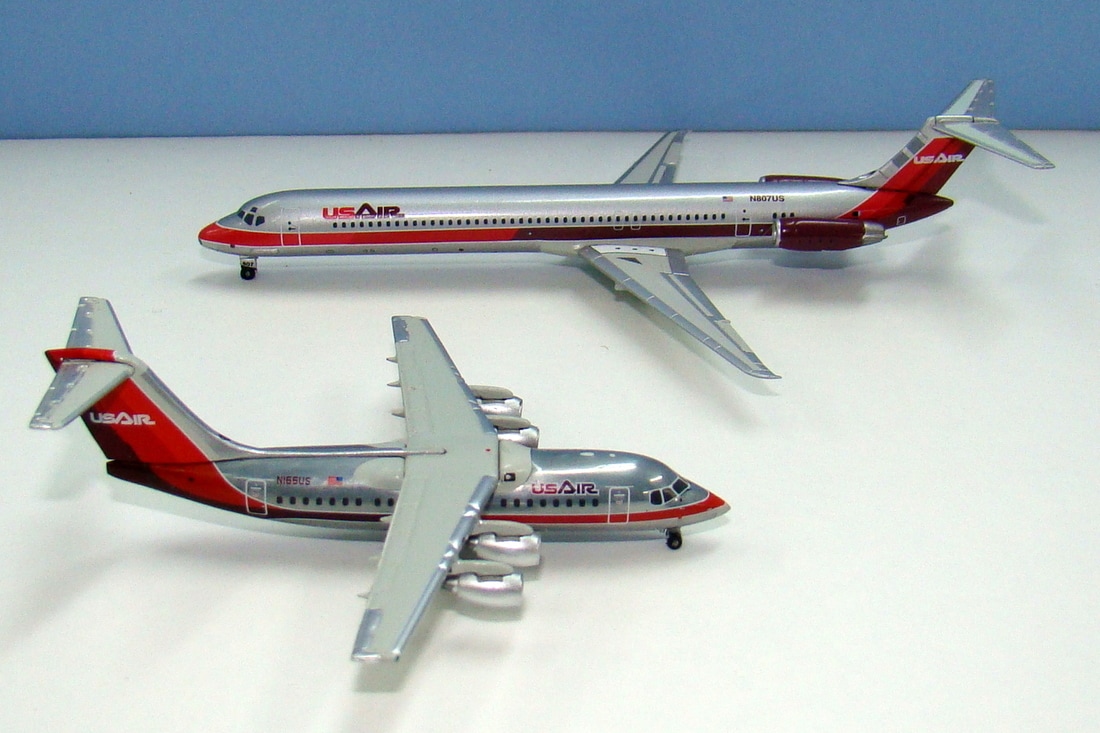

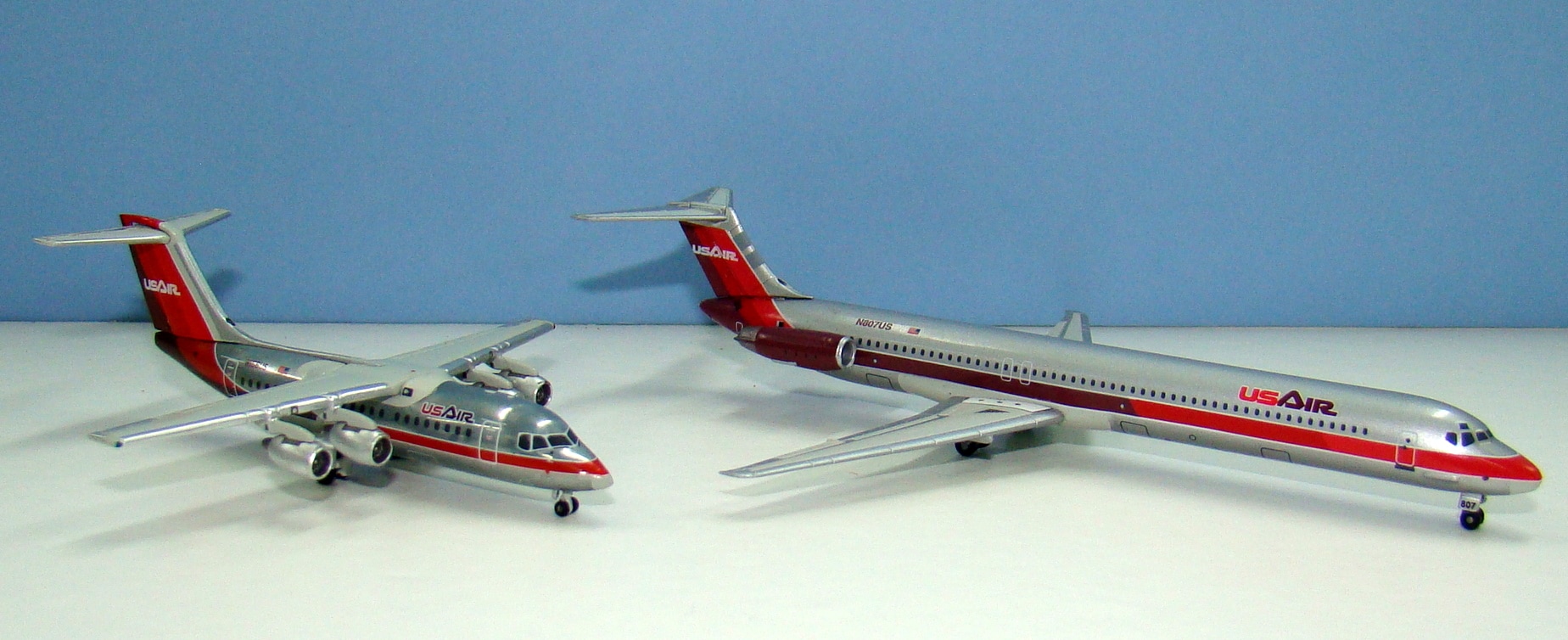

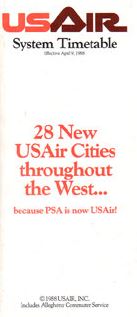
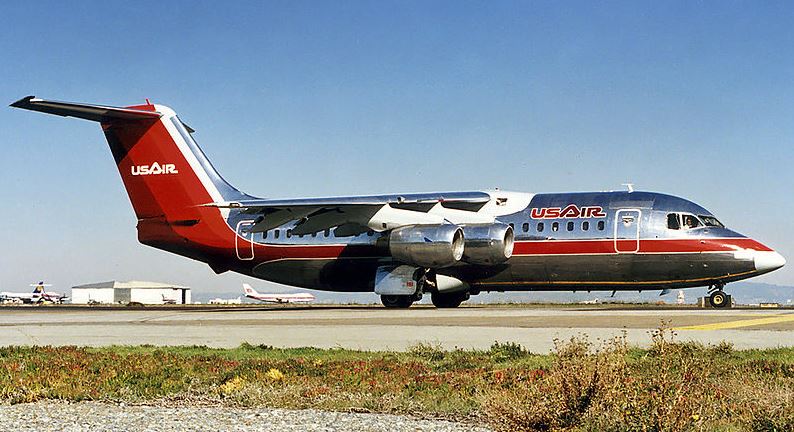

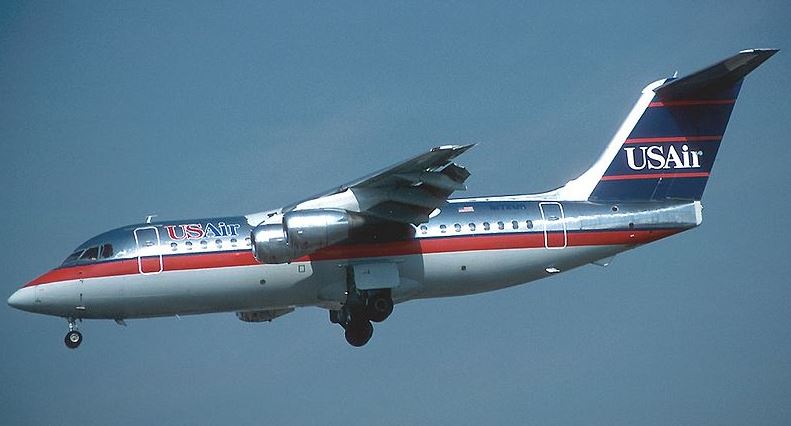
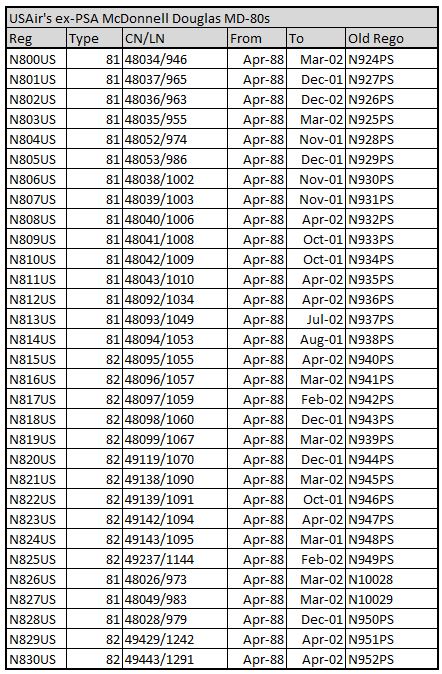
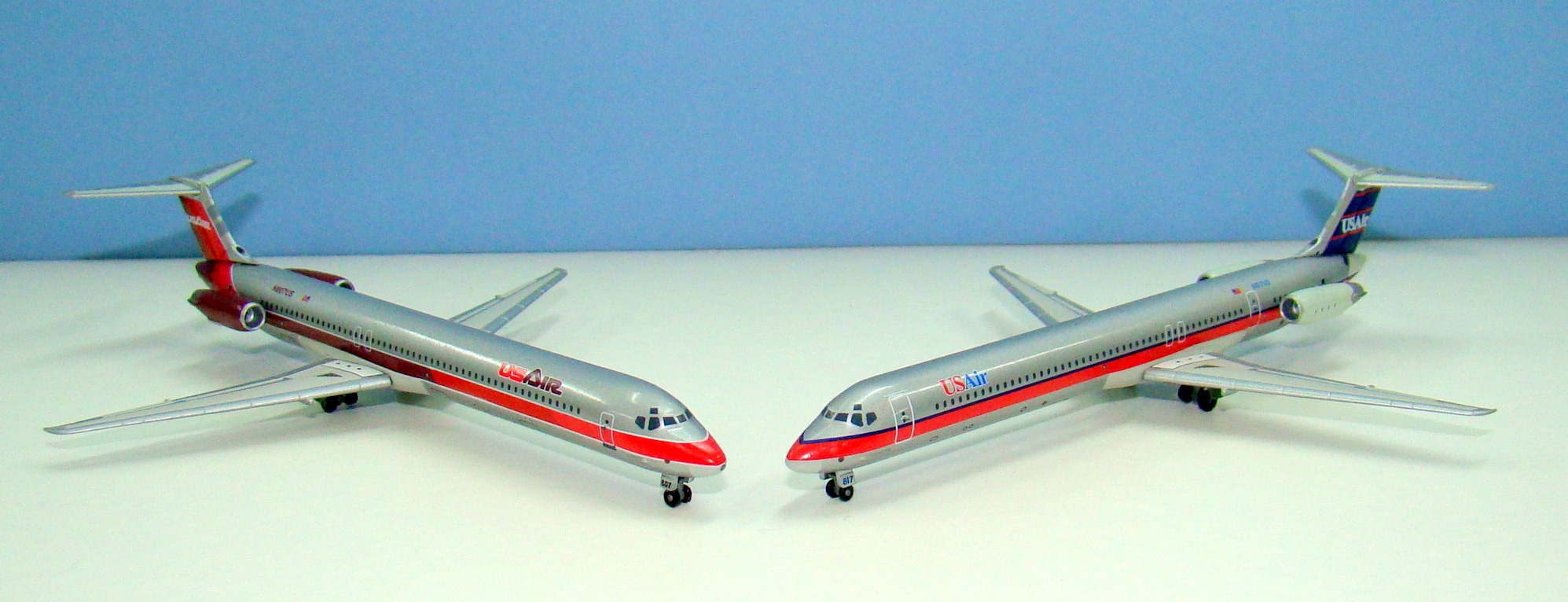
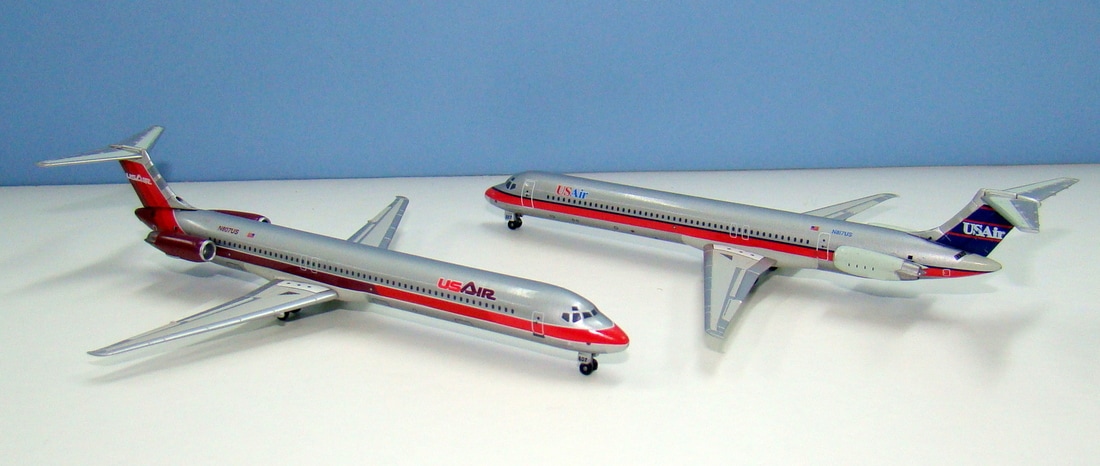
 RSS Feed
RSS Feed